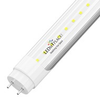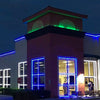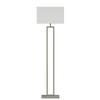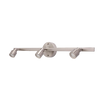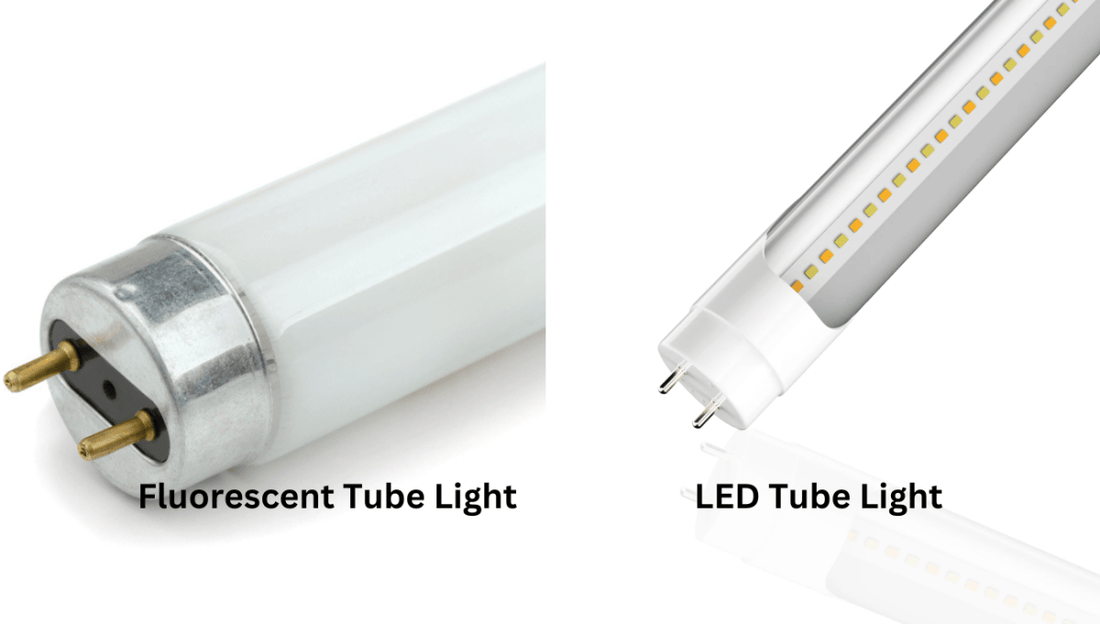Introduction
Understanding the Shift to LED Tube Lights
In recent years, LED (Light Emitting Diode) technology has revolutionized the lighting industry, offering significant advantages over traditional fluorescent tube lights. Many individuals and businesses are considering making the switch to LED for its energy efficiency, longevity, and environmental benefits.
What are LED Tube Lights?
Explaining LED Technology
LED tube lights utilize light-emitting diodes to produce light. Unlike traditional fluorescent tubes, which rely on gas and mercury vapor to create illumination, LEDs generate light through the movement of electrons in a semiconductor material. This technology allows for more efficient and durable lighting solutions.
Comparing LED and Fluorescent Tube Lights
LED tube lights differ from fluorescent tubes in several key ways. While fluorescent lights produce light by exciting mercury vapor with electricity, LEDs emit light when current passes through a semiconductor diode. This fundamental difference results in varying performance, efficiency, and longevity between the two types of lighting.
Advantages of LED Tube Lights
Energy Efficiency
One of the most significant advantages of LED tube lights is their energy efficiency. LEDs consume less power than fluorescent tubes while producing the same amount of light or even more, resulting in lower electricity bills and reduced carbon footprint.
Longevity and Durability
LED tube lights typically have a much longer lifespan compared to fluorescent tubes. LEDs can last up to 50,000 hours or more, significantly reducing maintenance and replacement costs over time. Additionally, LEDs are more durable and resistant to shock and vibration, making them ideal for various applications.
Environmental Impact
LED tube lights are environmentally friendly alternatives to fluorescent tubes. Unlike fluorescent lights, which contain mercury and other hazardous materials, LEDs are free of toxic substances, making them safer to dispose of and less harmful to the environment.
Considerations Before Replacing Fluorescent with LED
Compatibility Issues
Before replacing fluorescent tubes with LED alternatives, it's essential to consider compatibility issues. Some fixtures may require modifications or retrofitting to accommodate LED tubes properly. Additionally, compatibility with existing ballasts should be assessed to ensure optimal performance.
Installation Requirements
Installing LED tube lights may require specific steps and considerations. Depending on the existing lighting fixtures and wiring, professional installation may be necessary to ensure safety and functionality.
Cost Considerations
While LED tube lights may have a higher upfront cost than fluorescent tubes, their long-term benefits outweigh the initial investment. Factors such as energy savings, reduced maintenance, and extended lifespan contribute to the overall cost-effectiveness of LED lighting solutions.
How to Replace Fluorescent Tube Lights with LED
Step-by-Step Guide
Replacing fluorescent tube lights with LED equivalents involves several steps:
- Assess Compatibility: Check compatibility with existing fixtures and ballasts.
- Select LED Tubes: Choose LED tubes that match the specifications of the existing fluorescent tubes.
- Turn Off Power: Switch off the power supply to the lighting fixture.
- Remove Fluorescent Tubes: Carefully remove the old fluorescent tubes from the fixture.
- Install LED Tubes: Insert the new LED tubes into the fixture, ensuring proper alignment and connection.
- Test and Adjust: Turn on the power and test the LED tubes to ensure they are functioning correctly. Make any necessary adjustments.
Common Pitfalls to Avoid
- Incorrect Installation: Improper installation can lead to performance issues and safety hazards.
- Choosing Incompatible Tubes: Selecting LED tubes that are not compatible with existing fixtures can result in functionality problems.
- Neglecting Wiring Safety: Failure to follow proper wiring and safety protocols can pose electrical risks.
Benefits of Upgrading to LED Tube Lights
Improved Lighting Quality
LED tube lights offer superior lighting quality, with higher brightness, better color rendering, and reduced glare compared to fluorescent tubes. This results in a more comfortable and visually appealing environment.
Reduced Maintenance
Due to their long lifespan and durability, LED tube lights require less frequent maintenance compared to fluorescent tubes. This reduces downtime and maintenance costs associated with replacing bulbs and ballasts.
Enhanced Safety
LED tube lights operate at lower temperatures than fluorescent tubes, reducing the risk of fire hazards and burns. Additionally, LEDs contain no hazardous materials, making them safer for both users and the environment.
FAQs
1. Can I directly replace a fluorescent tube with an LED tube?
Yes, many LED tubes are designed to be direct replacements for fluorescent tubes. However, it's essential to ensure compatibility with existing fixtures and ballasts.
2. Do LED tubes require a ballast like fluorescent tubes?
Some LED tubes are compatible with existing ballasts, while others require ballast bypass or removal. Consult the manufacturer's specifications for guidance.
3. Will replacing fluorescent tubes with LED save me money in the long run?
Yes, LED tube lights offer long-term cost savings through reduced energy consumption, lower maintenance costs, and extended lifespan.
4. Can LED tubes be dimmed like fluorescent tubes?
Yes, many LED tube lights are dimmable, providing flexibility in lighting control. However, not all LED tubes support dimming, so check product specifications before purchase.
5. Are LED tubes safer than fluorescent tubes?
Yes, LED tube lights are generally safer than fluorescent tubes due to their lower operating temperatures and absence of hazardous materials like mercury.
Conclusion
Switching from fluorescent tube lights to LED technology offers numerous benefits, including energy efficiency, longevity, and environmental friendliness. By understanding the process and benefits, you can confidently make the switch and enjoy improved lighting quality while reducing maintenance costs and environmental impact.







